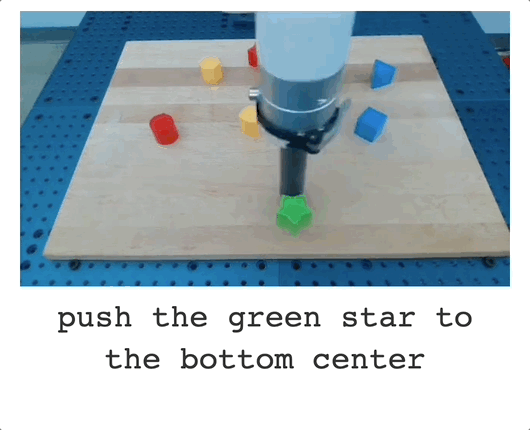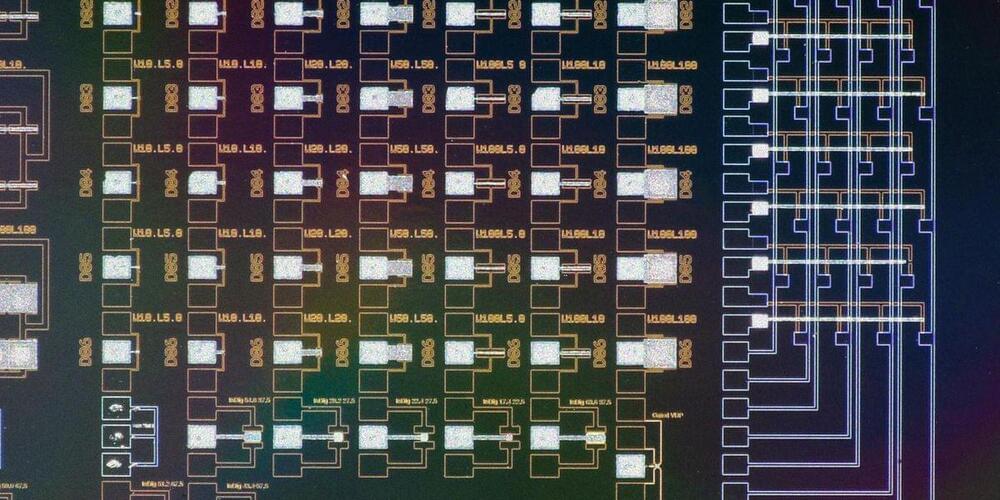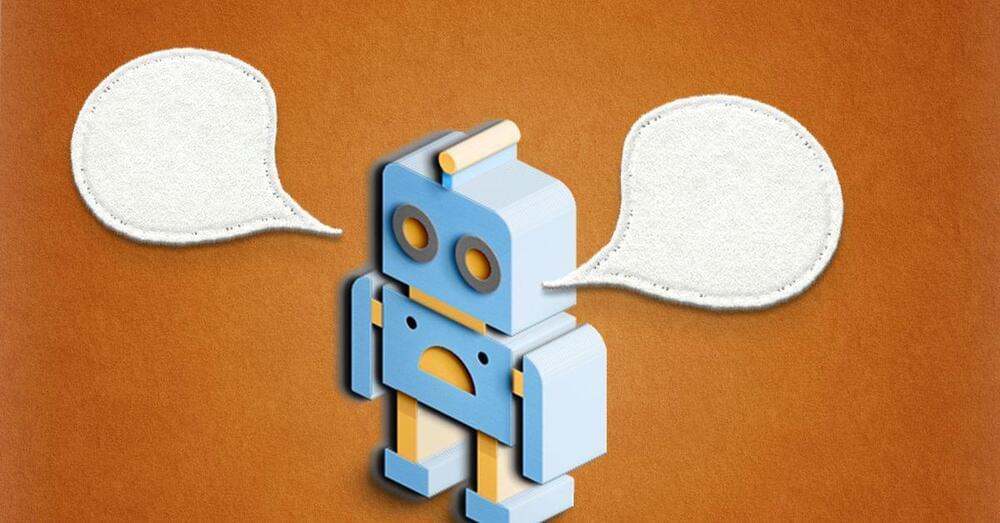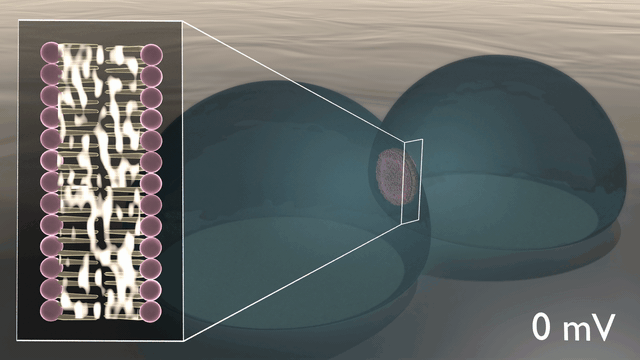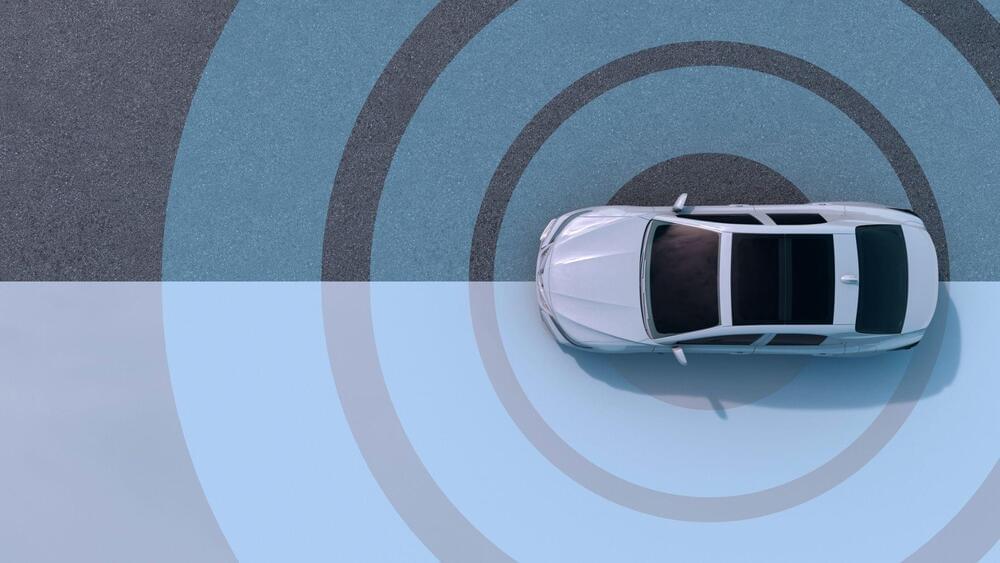Good Morning, 2033 — A Sci-Fi Short Film.
What will your average morning look like in 2033? And who hacked us?
This scif-fi short film explores a number of near-future futurist predictions for the 2030s.
Sleep with a brain sensor sleep mask that determines when to wake you. Wake up with gentle stimulation. Drink enhanced water with nutrients, vitamins, and supplements you need. Slide on your smart glasses that you wear all day. Do yoga and stretching on a smart scale that senses you, and get tips from a virtual trainer. Help yourself wake up with a 99CRI, 500,000 lumen light. Go for a walk and your glasses scan your brain as you walk. Live neurofeedback helps you meditate. Your kitchen uses biodata to figure out the ideal health meal, and a kitchen robot makes it for you. You work in VR, AR, MR, XR, reality in the metaverse. You communicate with the world through your AI assistant and AI avatar. You enter the high tech bathroom that uses UV lights and robotics to clean your body for you. Ubers come in the form of flying cars, EVTOL aircraft, that move at 300km/h. Cities become a single color as every inch of roads and buildings become covered in photovoltaic materials.
Creator: Cayden Pierce — https://caydenpierce.com.
How did you make this sci-fi short film?
